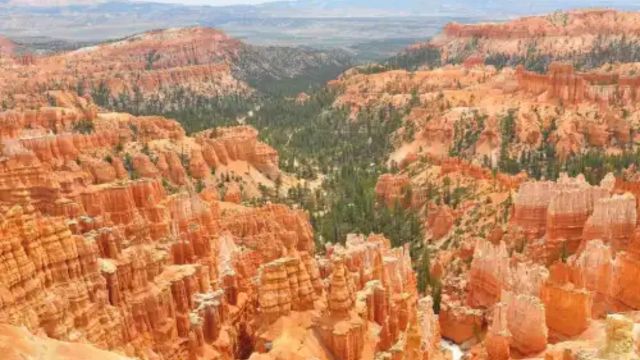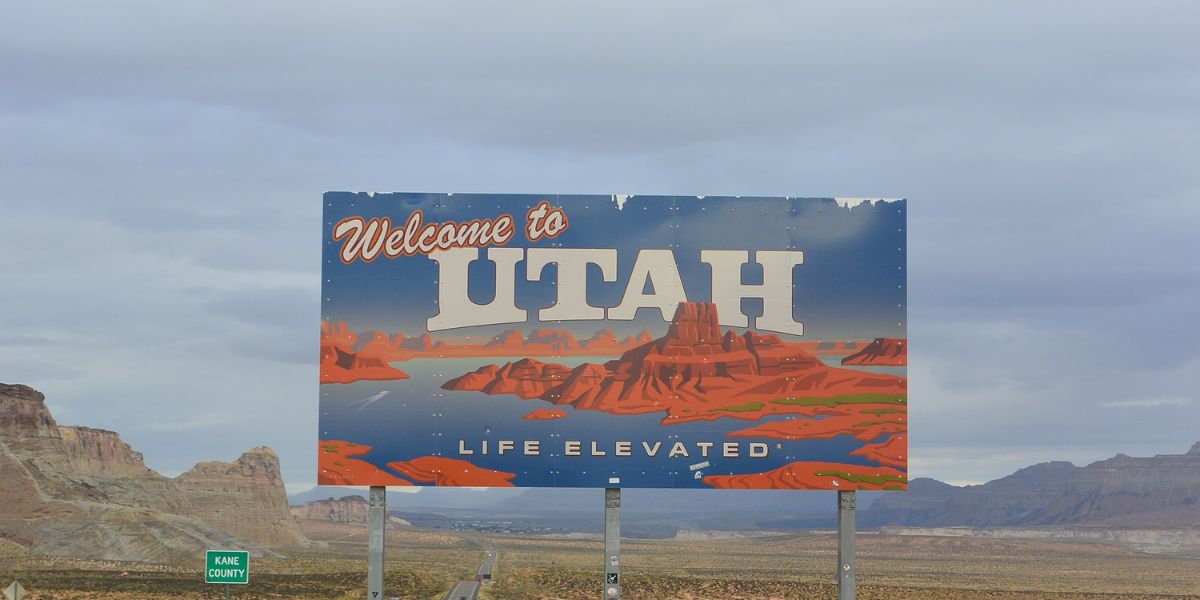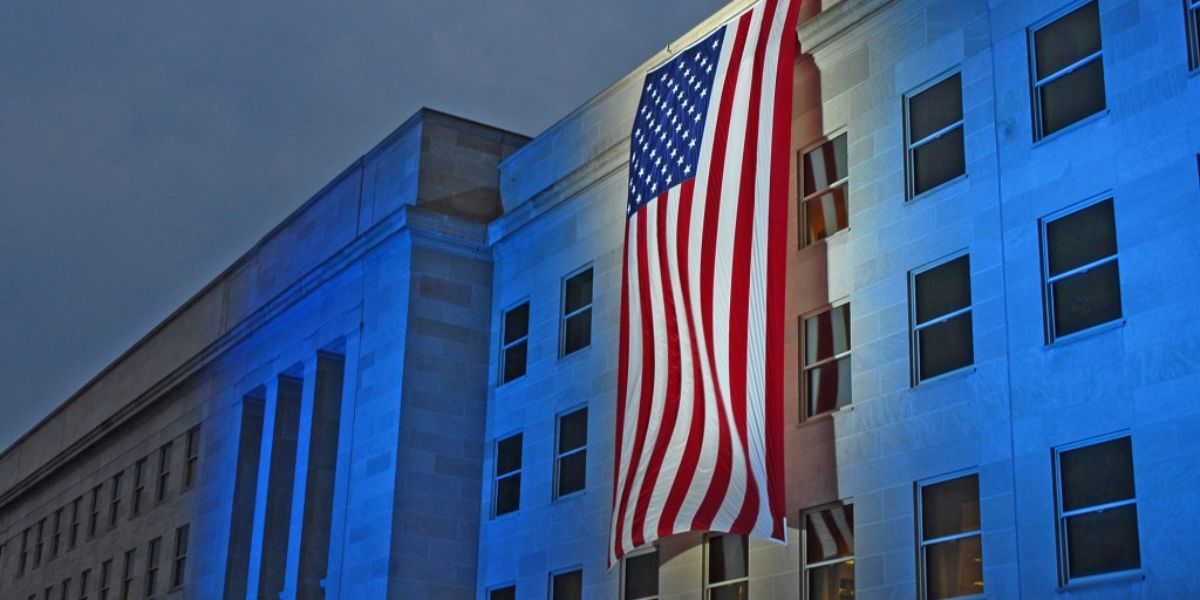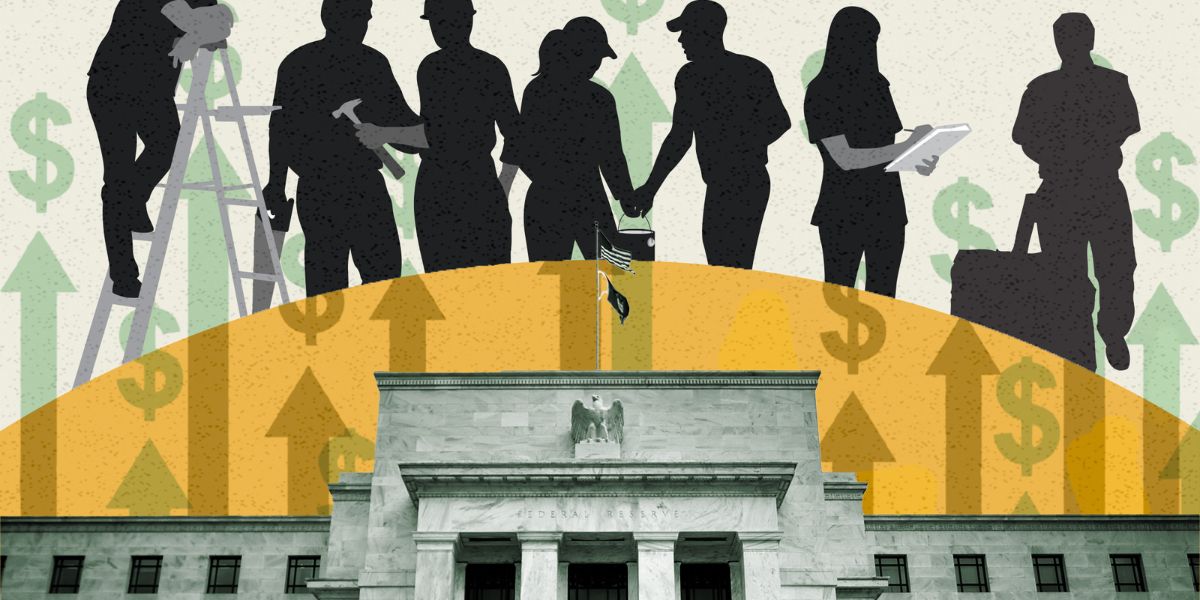MJP –
Utah, the Beehive State, is often misjudged or misunderstood by those who have never visited or explored its rich cultural and geographical diversity.
With its sweeping deserts, majestic mountains, and the Great Salt Lake, Utah is a state that has more to offer than meets the eye. However, several misconceptions about Utah tend to circulate, many of which are based on outdated stereotypes or half-truths.
If you’ve ever wondered about this beautiful state, here are 12 common misconceptions about Utah that you’ve probably heard—and why they’re not true.
1. Utah is Just a Desert
While Utah is known for its arid desert landscapes—especially in places like Arches and Monument Valley—it’s far more than just sand and cacti.
The state has diverse geography, ranging from towering mountains in the Wasatch Range to lush forests and alpine lakes in areas like the Uinta Mountains. In fact, more than 60% of Utah is covered by national forests and public lands. Whether it’s the snow-capped peaks of the Rockies or the dense pine forests of the Wasatch Mountains, Utah’s natural beauty is incredibly varied.
2. Everyone in Utah is Mormon
It’s true that Utah has a significant population of Mormons (members of The Church of Jesus Christ of Latter-day Saints), but not everyone in the state is a member of the LDS Church. In fact, while more than half of Utahns identify as Mormon, the state is home to a growing number of religious and cultural communities, including non-religious individuals, Christians, Muslims, Jews, and others. The larger cities like Salt Lake City have a vibrant, diverse population with plenty of secular activities and cultural offerings.
3. Utah is Always Cold
While Utah’s winter months can be chilly—especially in the ski resorts like Park City and Snowbird—the state actually enjoys a relatively mild climate overall.
The desert regions, especially southern Utah, can experience extremely hot summers, with temperatures regularly reaching 100°F (38°C) or higher. Salt Lake City and other urban areas also have warm summers and pleasant spring and fall seasons. So, don’t be fooled—Utah has a range of climates, with plenty of sunshine and warmth to go around.
4. There’s Nothing to Do in Utah Besides Skiing

Utah is famous for its world-class ski resorts, with places like Park City, Alta, and Deer Valley offering some of the best powder in the world. However, Utah is also an outdoor enthusiast’s playground year-round. In the warmer months, visitors flock to the state’s national parks—Arches, Zion, Bryce Canyon, and Canyonlands—for hiking, biking, canyoneering, and rock climbing. There’s also ample opportunity for boating, fishing, and camping along the Great Salt Lake and in the state’s many reservoirs. Whether you enjoy winter sports or summer adventures, Utah has something for everyone.
5. Utah is Just for Religious Tourists
While Utah is undoubtedly a significant destination for those interested in the history and teachings of the LDS Church, it’s also a place rich with diverse cultural experiences. Salt Lake City, for example, has a thriving arts scene, including theaters, museums, and galleries.
The Utah Shakespeare Festival in Cedar City, for example, is one of the largest and most renowned Shakespeare festivals in the U.S. The state is also home to historic sites, diverse cuisines, and exciting festivals, making it a great destination for travelers of all interests.
6. Utah is Extremely Conservative
It’s true that Utah has a reputation for being a politically conservative state, largely due to its Mormon population. However, Utah’s political landscape is more nuanced than it might seem.
14 Common Misconceptions About Hawaii That Drive Residents Mad
In recent years, there’s been a growing liberal presence in Salt Lake City and other urban areas, and issues like environmental conservation and public lands access often unite people across political lines. Utah has a mix of conservative and progressive communities, making it more politically diverse than many might assume.
7. There Are No Major Cities in Utah
Utah is often associated with small towns and rural areas, but the state is home to several large cities. Salt Lake City, the state capital, is a bustling metropolitan area with a population of over 200,000 people. It serves as the cultural, economic, and political hub of the state.
Other cities like Provo, Ogden, and West Valley City are also sizable and growing, offering all the amenities of urban living, including shopping, dining, and entertainment options.
8. Utah is Overrun with Mormons in Traditional Clothing
While traditional dress, such as modest clothing and pioneer-style outfits, may be worn for special occasions or religious events in some communities, this is not the norm for the majority of Utahns.
Utah has a modern and vibrant fashion scene, especially in larger cities like Salt Lake City, where trendy boutiques, high-end shopping, and modern styles are common. You’ll find people in everything from casual clothing to the latest fashion trends, just like any other American city.
9. Utah Has No Good Food
A surprising myth about Utah is that the state has no great food scene. In reality, Utah is home to a diverse and growing culinary scene, especially in Salt Lake City.
The state boasts a mix of local delicacies, such as fry sauce (a tangy ketchup-mayo condiment) and Utah scones (fried dough served with honey), as well as top-notch international cuisine. Salt Lake City has an impressive collection of craft breweries, farm-to-table restaurants, and vibrant food markets. In the southern part of the state, you can also find excellent Southwestern and Mexican-inspired dishes, given Utah’s proximity to the desert Southwest.
10. Utah is Only for Outdoor Enthusiasts
While outdoor lovers will certainly find their paradise in Utah, the state has a lot more to offer beyond hiking, biking, and skiing. Utah’s vibrant arts and culture scene offers something for everyone, from the Utah Symphony and Ballet to the Utah Museum of Fine Arts. The state is also home to a strong tech industry, with Salt Lake City’s Silicon Slopes area housing major companies like Adobe and Qualtrics. There are also opportunities for shopping, dining, and entertainment in urban areas, ensuring that those less inclined toward outdoor activities can still find plenty to enjoy.
11. Utah is Full of Mormons Who Don’t Drink Alcohol
14 Misconceptions About Colorado That Have Locals Shaking Their Heads
While it’s true that members of The Church of Jesus Christ of Latter-day Saints are encouraged to abstain from alcohol, not everyone in Utah follows this guideline. In fact, many people in the state are not members of the LDS Church, and even some Mormons enjoy a drink on occasion. The state’s liquor laws are unique—alcohol is regulated more strictly than in many other states—but Utah has a growing craft beer scene and a variety of bars and restaurants that serve alcohol, particularly in larger cities.
12. Utah is a Boring Place to Visit
Some people dismiss Utah as a destination for anything other than skiing or church history, but that’s a major misjudgment. From the stunning national parks of southern Utah to the cosmopolitan energy of Salt Lake City, the state offers a wide variety of attractions. You can explore the prehistoric rock formations of Bryce Canyon, visit the hot springs in the Wasatch Mountains, tour the vibrant arts scene in Park City, or attend a music festival like the Sundance Film Festival. Utah is anything but boring—it’s a state full of surprises.
Conclusion
Utah is a state full of beauty, diversity, and fascinating history, but it’s often misunderstood due to myths and stereotypes. Whether you’re planning a trip to this incredible state or just curious about its true nature, now you know that Utah is much more than deserts and Mormons.
With its varied landscapes, rich culture, and growing urban areas, Utah is a destination that surprises and delights visitors time and again.




